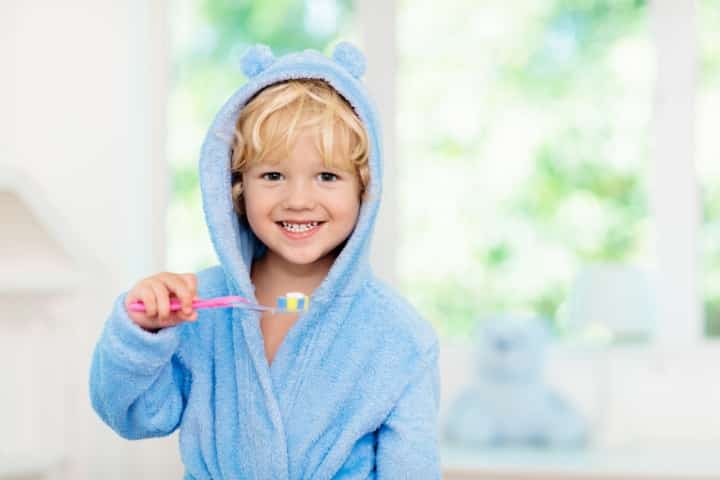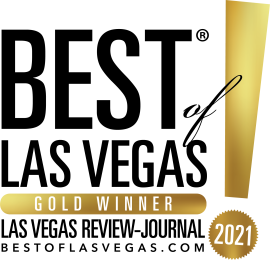Baby Teeth

Baby teeth first appear in the mouth at an average of 4-6 months. The first baby teeth to come in are located on the top and bottom front and center of the mouth.
Drooling, irritation, lack of sleep and appetite, and sore gums.
Gently rubbing their gums with clean fingers may help relieve symptoms. Cool teething rings or moist gauze pads can also help.
On average by age 3
On average the first adult teeth appear around age 6. These teeth are usually the first molars.
- Before their first birthday or when their first tooth appears.
- Children can develop cavities as soon as their first tooth appears so it is essential for them to see a dentist as soon as possible.
Morning appointments tend be best when children are alert and not hungry. Avoid scheduling appointments around nap times as children can get cranky and less compliant.
- Emphasize the positive. Try not to show any anxiety or concern for the appointment. Children pick up on these emotions very quickly and can quickly become afraid of the dentist. Do not use the dental visit as a way to punish or bribe your child.
- Let your child know what to expect when they see the dentist. Reading stories may help.
- Don’t wait until your child has a dental emergency to visit the dentist.
Cleaning your baby’s mouth within a few days after birth is desirable. You can use a clean and moist washcloth.
- Under 3 years of age - use less than the size of a grain of rice
- Ages 3-6 - use a pea size amount
- Children should be supervised while brushing to ensure they do not swallow the toothpaste.
- Teeth should be brushed at least twice a day. Preferably morning and night.
- Children should be supervised until their parents feel comfortable letting them brush on their own.
- As soon as they begin to appear in the mouth.





